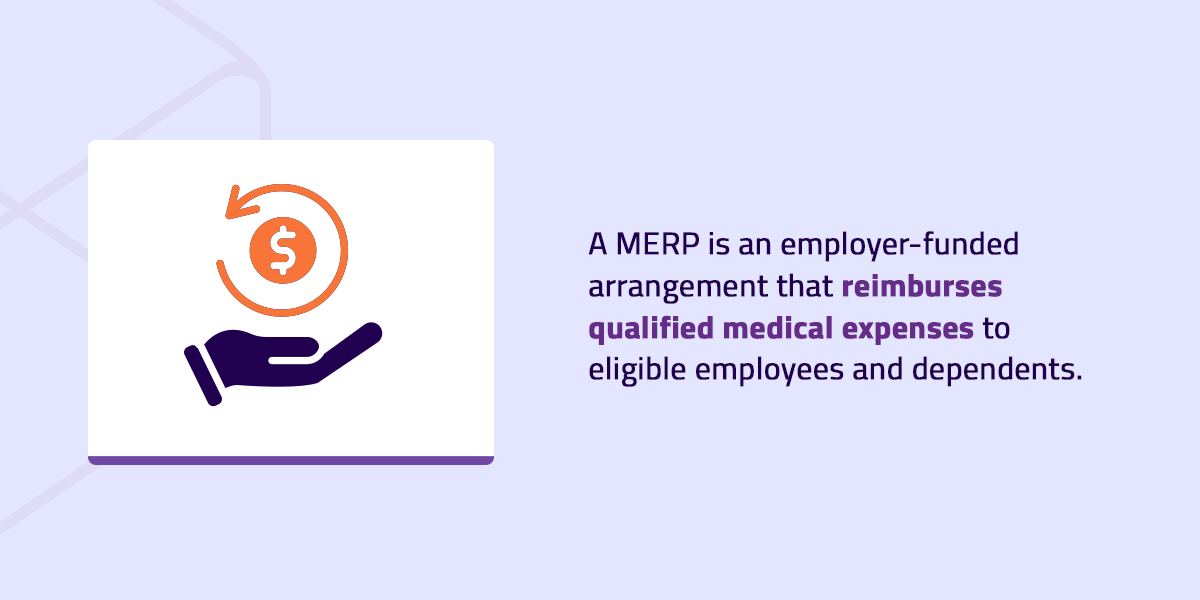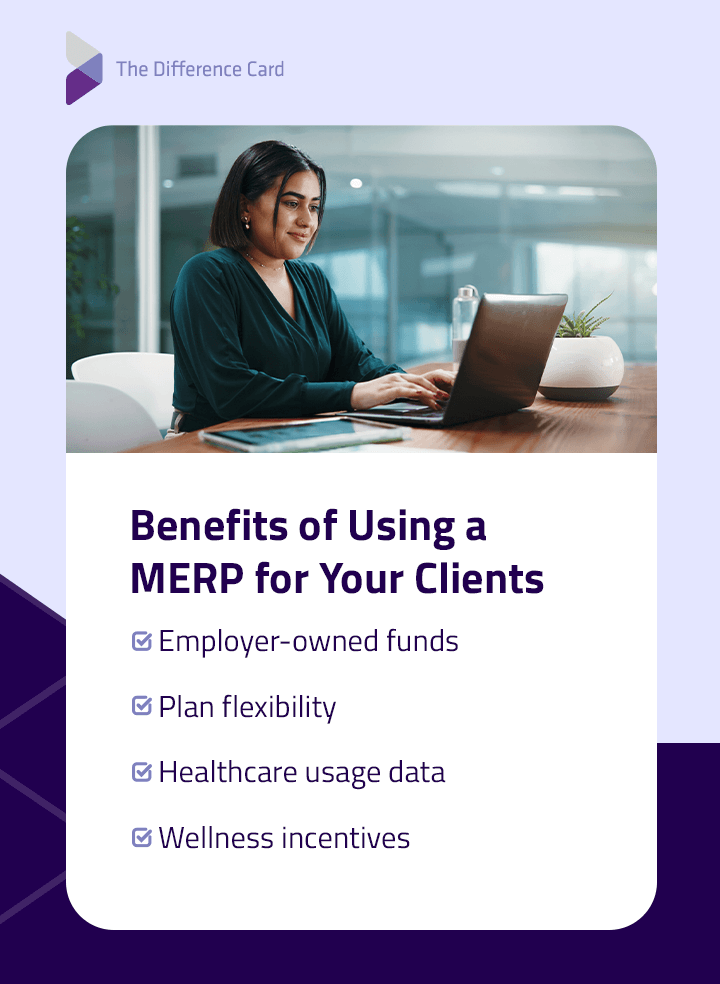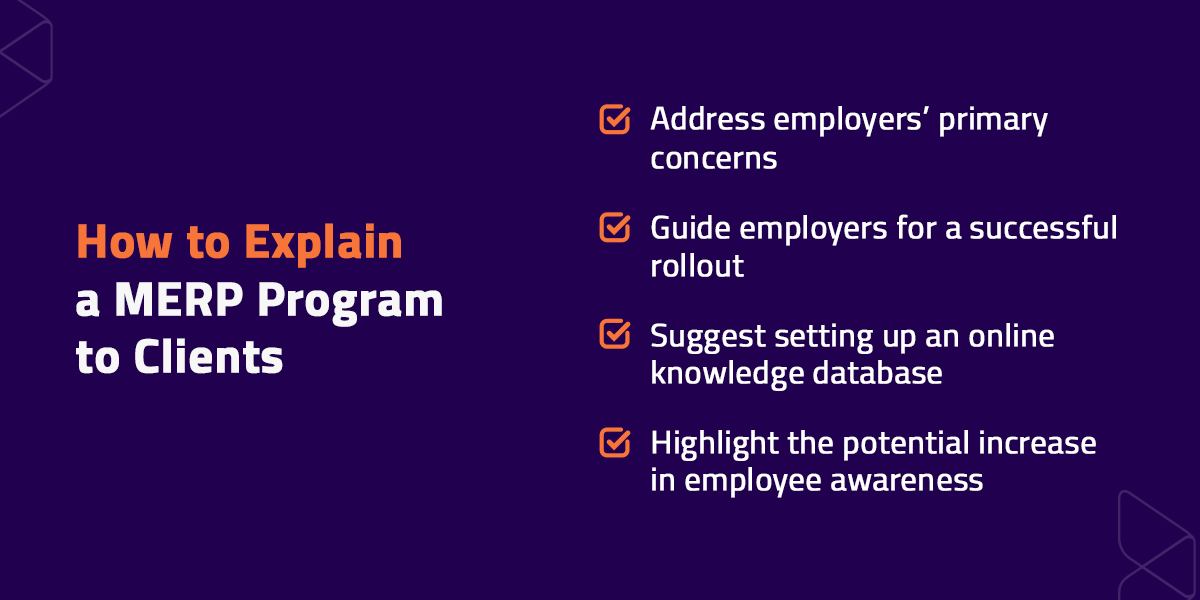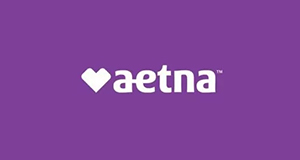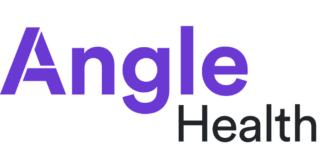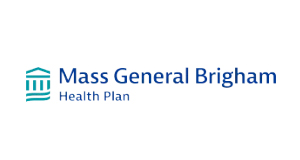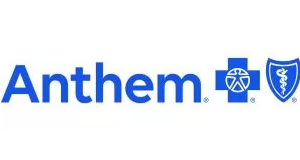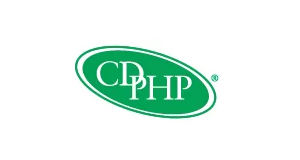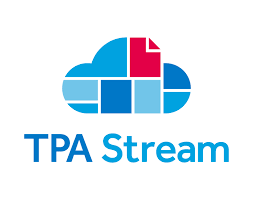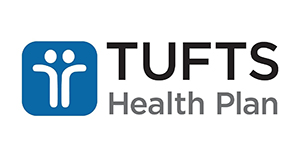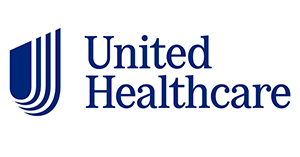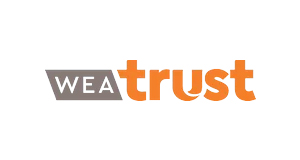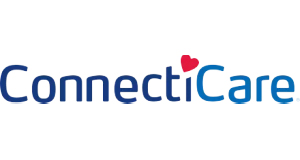
Why You Should Leverage a MERP for Your Clients
Table of Contents
A medical expense reimbursement plan (MERP) can help employers reduce healthcare costs without sacrificing the level of care employees receive. Employers can also adjust the plans annually and maximize the budget as needed.
However, a MERP comes with a set of rules. Noncompliance may affect the plan’s tax-advantaged status. Effectively communicating with employers and working with administrators, like The Difference Card, can prevent such repercussions. To help you optimize your client’s benefits, this article explains why you should leverage a MERP for your clients, how it works, and how The Difference Card can help.
What Is a MERP?
A MERP is an employer-funded arrangement that reimburses qualified medical expenses to eligible employees and dependents. It’s typically offered with a high-deductible health plan (HDHP), as it can help cover out-of-pocket expenses before insurance coverage kicks in. Employers can tailor the MERP based on their budget and employees’ needs. They can establish the eligible expenses, contribution limits, and process for reimbursement.
However, a MERP must comply with relevant regulations, such as the Internal Revenue Code (IRC) and Employee Retirement Income Security Act (ERISA). A MERP is typically treated as a Section 105 plan, which means medical and insurance reimbursements are tax-free if employers administer them properly. The Difference Card can help ensure your client’s plans remain compliant.
How Does a MERP Work?
A typical MERP program follows the steps below:
- Employers establish reimbursement allocations: Employers must set the guidelines for the reimbursement process and eligible expenses. Contributions can be a flat maximum dollar amount or a percentage per category.
- Employees purchase healthcare products and services: Employees use their own money up-front to pay for healthcare. They may purchase individual health insurance coverage depending on the MERP. Administrators, such as The Difference Card, may also provide debit cards that let employees use employer-sponsored funds directly for payments.
- Employees submit their claims: Employees must submit proof of expenses for their claims. These could be receipts or explanations of benefits, and must have their name, payment date, and product or service description.
- Administrators review employee claims: An administrator, such as The Difference Card, reviews the claims for completeness and accuracy. They may ask for additional documentation if needed. Employers should set the guidelines on how to correct improper payments to keep the reimbursements tax-free.
- Employers reimburse employees: Employees can typically receive reimbursements within 48 hours, depending on the employer and administrator.
What Expenses Can a MERP Reimburse?
Employers can reimburse qualified medical expenses set by the Internal Revenue Service (IRS). These can include premiums, deductibles, coinsurance, and copays, depending on the plan structure. Payments are typically for treatments that alleviate or prevent mental or physical pain or illness. Depending on the MERP, employers may reimburse:
- Doctor’s office visits
- Prescription drugs and over-the-counter medications
- Emergency room or urgent care visits
- Hospitalization and surgical procedures
- Glasses, contacts, and other vision prescriptions
- Physical therapy and acupuncture
- Menstrual care products, including pads, tampons, and liners
- Transportation fees for a healthcare visit
A MERP is highly customizable, which means employers can spend only on services their employees need. They won’t need to spend significant amounts on insurance premiums that may not serve most of their workforce. Employers can also cap their reimbursements, which reduces their total healthcare spending. If employees opt for an HDHP with their MERP, then employers benefit from the lower premium reimbursements.
The MERP’s tax benefits also provide additional savings for employers and employees. For instance, employers can deduct their reimbursements as business expenses under Section 162 of the IRC. Reimbursements are also exempt from payroll taxes. Additionally, employees can reduce their income taxes by excluding qualified medical expenses from their gross income.
What Are the Benefits of Using a MERP for Your Clients?
Apart from the cost savings, a MERP offers other benefits compared to a traditional health plan. Here’s how a MERP can save your clients money:
- Employer-owned funds: Unused funds remain with the employer and can be rolled over to the following year. This feature contrasts with a traditional insurance plan, where the insurer retains the funds.
- Plan flexibility: A fixed plan design can be restrictive for smaller employers and employees. With a MERP, employers of all sizes can design their plans according to their budget.
- Healthcare usage data: Through a MERP, employers can identify which healthcare services employees use the most and how much they cost. This information makes it easier to adjust the plan annually.
- Wellness incentives: With a MERP, it’s easy to implement incentive-based plans to promote employer wellness objectives. These wellness programs can drive healthy behaviors that can reduce long-term healthcare costs.
MERP Types You Can Leverage for Your Clients
The different MERP types can cater to each of your clients’ unique needs. These include stand-alone, individual, group, or vision and dental plans:
- Stand-alone MERP: A stand-alone MERP is the most basic type and lets employers set benefit levels and funding without additional health insurance plans.
- Individual coverage MERP: This MERP covers individual coverage premiums for all or specific employee classes. It’s typically offered to employees not covered under a group plan, such as part-time or seasonal employees.
- Group coverage MERP: This MERP, also known as a deductible MERP, works with a group plan or an employer-provided insurance plan. For instance, employers may purchase an HDHP, which comes with higher deductibles for employees. When an HDHP is partnered with a MERP, employees can receive reimbursement for some of their out-of-pocket costs while minimizing premium costs for employers.
- MERP for vision and dental services: Employers can design a MERP solely for dental and vision services, offering savings over insured group coverage plans.
How to Explain a MERP Program to Clients
Explaining the benefits, rules, and process of how a MERP works helps employers understand how the health plan can cater to their needs. The Difference Card can also make the administration process smoother. To effectively communicate MERP’s benefits to your clients:
- Address employers’ primary concerns: Some employers are concerned about the MERP’s impact on their employees. Employees who understand they can get the same benefit levels, carrier, and network at significantly lower rates can accept and value the solution.
- Guide employers for a successful rollout: Employees need a concise explanation of which benefits the MERP funds. They also need to know when and how to contact the plan administrator. To address this, you should be able to guide the employers through the entire process.
- Suggest setting up an online knowledge database: Employees may need comprehensive instructions regarding future enrollment periods and guidance on selecting the correct plan. While there is no substitute for an educational conversation, an online knowledge database can help employees use their benefits effectively.
- Highlight the potential increase in employee awareness: A MERP can enhance an employee’s awareness of healthcare costs through reimbursements without affecting their finances. This understanding can lead to a gradual behavioral change that benefits both their health and the company in the long term.
Frequently Asked Questions
Employers may ask you some common questions regarding MERP. Here’s what you can explain to them:
Is Offering a MERP Worth It?
A MERP can be worth it for employers, especially for smaller companies looking to optimize their healthcare spending. They can offer competitive benefits, as they let employees choose coverage that fits their needs. Both employers and employees can also benefit from the tax advantages that can impact their long-term savings.
What Is the Primary Purpose of a Health Reimbursement Account?
The primary purpose of a health reimbursement account or health reimbursement arrangement (HRA) is to let employers reimburse employees for eligible healthcare expenses tax-free. A MERP is a specific type of HRA that offers more benefits, as it can allow employers to move between health insurance carriers and customize plan designs. This freedom is not the case for a carrier-integrated HSA.
Who Administers a MERP?
Third-party administrators, like The Difference Card, can administer a MERP for employers. We simplify the process by handling employee claims and addressing potential issues accordingly. Because we understand the relevant rules and regulations, working with us can protect your clients’ tax-advantaged accounts and reduce potential penalties. Our seamless cost-containment solution can also help increase employees’ satisfaction and promote a healthier workforce.
Optimize Your Clients’ Benefits With The Difference Card
The Difference Card makes it easy to set up a MERP. We can help your clients reduce their healthcare spending and improve their employee benefits overall. Our team is adept at handling all aspects of administering your plan. Each company is assigned a dedicated account executive to assist with the process.
We can also help you develop a communication plan and benefit materials. Employees can even contact our teams for a detailed, knowledgeable response to inquiries. To learn more about our MERP solutions, request a proposal today.


